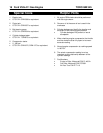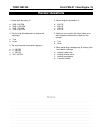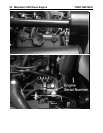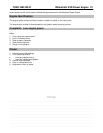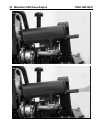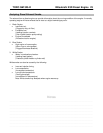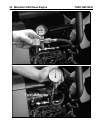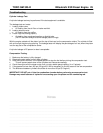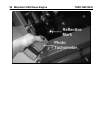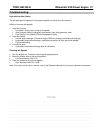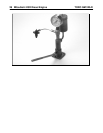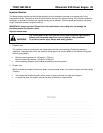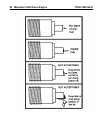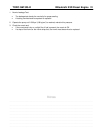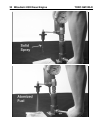
TORO GM 325-D Mitsubishi K3D Diesel Engine
Notes
________________________________________________________________________________________________________________
________________________________________________________________________________________________________________
________________________________________________________________________________________________________________
________________________________________________________________________________________________________________
________________________________________________________________________________________________________________
________________________________________________________________________________________________________________
________________________________________________________________________________________________________________
________________________________________________________________________________________________________________
________________________________________________________________________________________________________________
25
Troubleshooting
Cylinder Leakage Test.
A cylinder leakage test may be performed if the test equipment is available.
The leakage test can locate:
1. Leaking intake valve.
• Air leaking from the air filter or intake manifold.
2. Leaking exhaust valve.
• Air leaking from the muffler.
3. Piston rings not sealing properly.
• Air leaking from crankcase breather or dipstick tube.
(NOTE: there will always be some leakage past the rings)
With the engine rotated until the piston is at the top of the travel on the compression stroke. The cylinder is filled
with air through the glow plug opening. The leakage tester will display the percentage of air lost, when the piston
is at the top part of the compression stroke.
A cylinder leakage of 25 percent or less is acceptable.
Compression Testing.
1. Make sure the battery is fully charged.
2. Remove the glow plugs from all three cylinders.
3. Hold the fuel shut off lever in the closed position to stop the fuel delivery during the compression test.
• This will prevent wash-down of the cylinders and inaccurate readings.
4. Crank the engine with the starter motor until you get a stable gauge reading. (4 or 5 pulses)
5. If the pressure is less than 455 psi (32 kg/cm²) it will be necessary to find the cause of the low compression.
6. The difference between cylinders should be no more than 36 psi (2.5 kg/cm²).
IMPORTANT: DO NOT put oil into the combustion chamber before performing a compression test.
Damage may result because of hydraulic forces acting upon the piston and the connecting rod.




